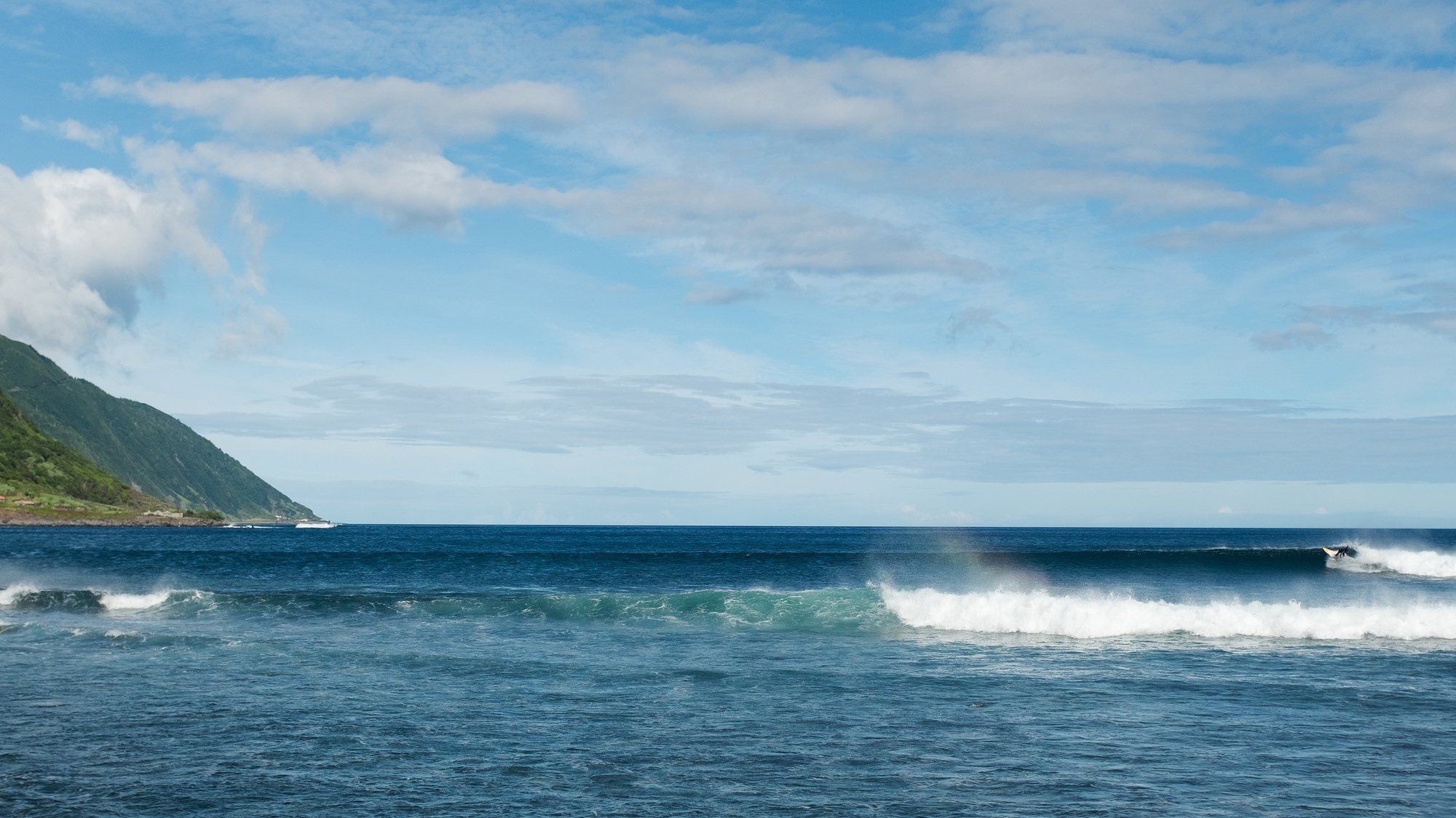The effects of marine heat waves are more intense between 50 and 250 meters than in more superficial waters, researchers from the University of the Algarve concluded, warning that this represents a greater risk for biodiversity.
In a study published in the scientific journal Nature Climate Change, the work team led by researchers from the Center for Marine Sciences (CCMAR) of the University of the Algarve (UAlg) maintains that the duration and intensity of marine heat waves “can persist longer in deeper waters” and that “Subsurface biodiversity may be at greater risk” due to temperature changes.
Until now, predictions and impacts of these events have focused on the sea surface, however, localized observations suggest that marine heat waves can occur below the surface and persist for years,” the researchers warned, in a statement in which the UAlg informs the publication of the study.
The UAlg highlights that CCMAR researcher Eliza Fragkopoulou and the rest of the team used “global observations of sea temperature and reanalysis data”, from “past weather forecasts” with “modern weather models“, to estimate the duration and intensity of marine heat waves.
The analysis covered the period between 1993 and 2019 and depths of up to 2,000 meters, allowing the researchers to discover that “The greatest intensity of marine heat waves does not occur at the surface.but rather in the subsoil, specifically between 50 and 250 meters deep.”
Contrary to our initial expectations, we discovered that marine heat waves are more intense below the surface and that their duration can be doubled compared to the surface,” stated Eliza Fragkopoulou.
The authors of the study then cross-referenced the temperature data with the distribution of marine species and concluded that “Subsurface biodiversity could be at risk due to increased cumulative intensity. (thermal stress indicator) of heat waves in the first 250 meters” of the sea.
Around the world, we have identified regions of greatest risk to marine biodiversity, including important parts of the Indian and North Atlantic Oceans, where the high cumulative intensity of heat waves coincides with areas where species are expected to be highly sensitive to the thermal stress”. explained Jorge Assis, CCMAR researcher who led the investigation.
The researchers warned of the need to develop more research in this area, due to the increase in the intensity and frequency of heat waves at sea. caused by climate change and global warming.
Extreme temperature events are expected to redistribute marine species, expelling them from the surface to the depths of the ocean. However, there are other factors that can prevent this redistribution, with unpredictable consequences,” warned Miguel Bastos Araújo, from the National Museum of Natural Sciences (MNCN-CSIC), who was also part of the team of researchers.
Source: Observadora
